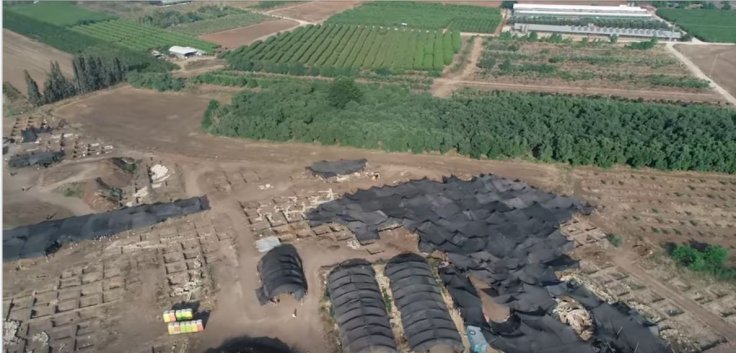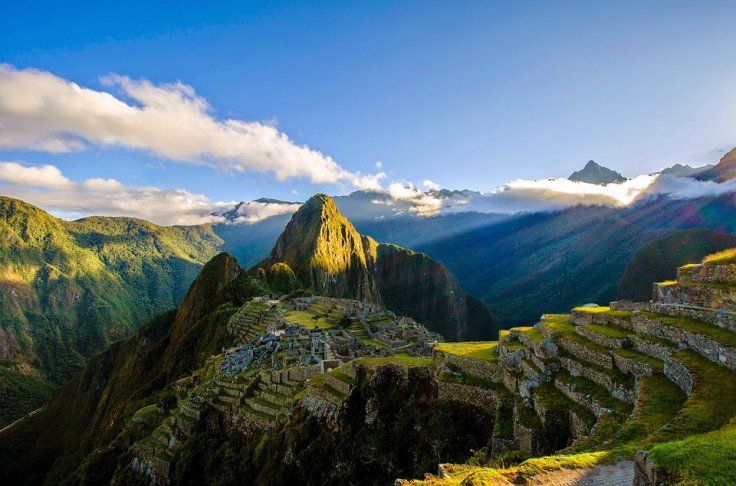An ancient city, Mahendraparvata, often dubbed as the 'lost city of Cambodia' was recently rediscovered by scientists after it remained hidden for centuries. It was the early capital city of the Khmer Empire, a Southeast Asia's Hindu-Buddhist regime that lasted from 9th to 15th century of the common era.
It was hidden by the lush jungles of Cambodia. Though archaeologists have known about Mahendraparvata's existence for decades, there wasn't enough evidence until now. In a new study, an international team published what they call the most definitive identification of the capital city with the help of airborne laser scanning (Lidar).
"The mountainous region of Phnom Kulen has, to date, received strikingly little attention," the researchers explained in their paper published in Antiquity." It is almost entirely missing from archaeological maps, except as a scatter of points denoting the remains of some brick temples."

The research led by an archaeologist, Jean-Baptiste Chevance, from the Archaeology and Development Foundation, UK, told Newsweek, "The Ancient Khmer modified the landscape, shaping features on a very large scale – ponds, reservoirs, canals, roads, temples, rice fields, et cetera. However, the dense forest often covering the areas of interest is the main constraint to investigating them."
The research that started in 2012 and lasted until 2017, during this time the team commenced a number of Lidar survey flights just above the region to map the features that were previously missed. They found layers of vegetation and dirt hiding the city from the view.

"Numerous other elements of the anthropogenic landscape connect to this broader network, suggesting the elaboration of an overall urban plan," the researchers explain. "Dams, reservoir walls and the enclosure walls of temples, neighbourhoods and even the royal palace abut or coincide with the embanked linear features."
The city did not survive for long despite its elaborate design, engineered footprint."The city may not have lasted for centuries, or perhaps even decades," one of the team members, Damian Evans from the French School of the Far East, told New Scientist. "But the cultural and religious significance of the place has lasted right up until the present day."









